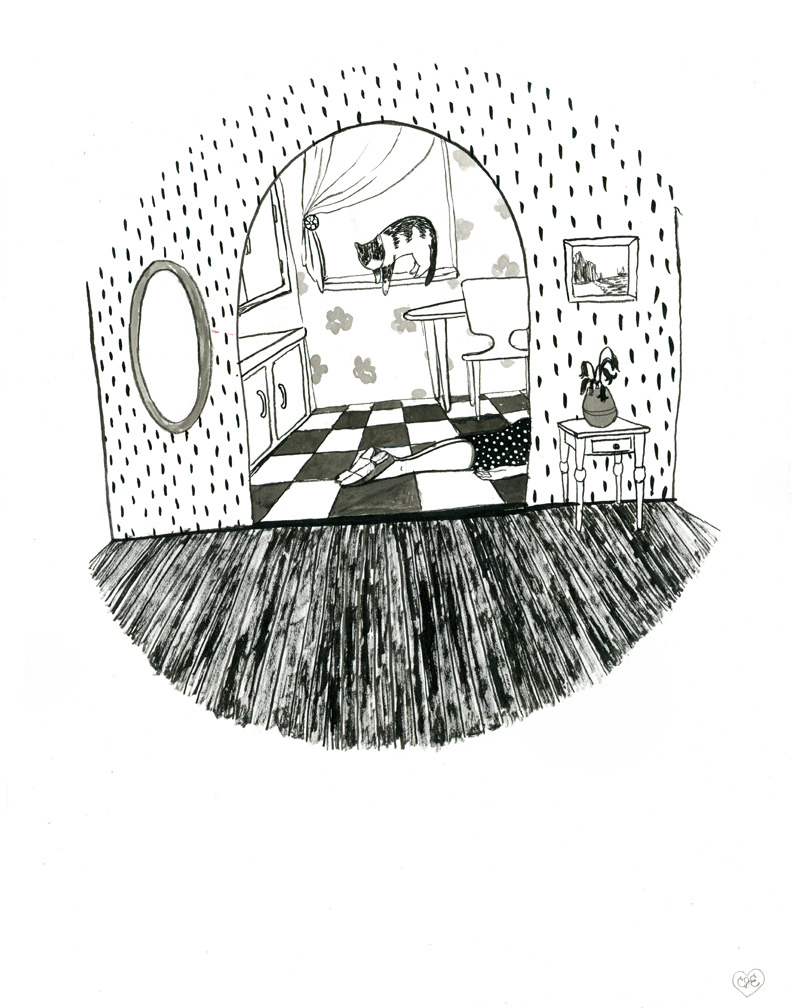An anthology has to have some Plath in it, or so they say. This one convinced me by its metaphorical precision. I would have liked it even if I didn’t know the author was Sylvia Plath (1932-1963).
All day she plays at chess with the bones of the world:
Favored (while suddenly the rains begin
Beyond the window) she lies on cushions curled
And nibbles an occasional bonbon of sin.Prim, pink-breasted, feminine, she nurses
Chocolate fancies in rose-papered rooms
Where polished highboys whisper creaking curses
And hothouse roses shed immortal blooms.The garnets on her fingers twinkle quick
And blood reflects across the manuscript;
She muses on the odor, sweet and sick,
Of festering gardenias in a crypt,And lost in subtle metaphor, retreats
From gray child faces crying in the streets.
Okay, she is “one of the most celebrated and controversial of postwar poets writing in English” (Joyce Carol Oates) and you can see why. In her poetry, life and death, lightheartedness and suicidal depression are closer together than anywhere. I am reminded of Emily Dickinson’s ‘Sordid excellence’. Playing chess with the bones of the world is something for emperors. I see a Cleopatra, a Katherina the Great. It begins to rain outside, so we’re drawn in, where she lies down and nibbles on a bonbon of sin. The word play bones and bonbon is striking. It’s a nice image of spleen.
The second strophe sounds like Hello Kitty to me. All pink, a little cabinet/drawer (highboy) and a hothouse with roses. But something is not right: We hear ‘creaking curses’.
She is writing passionately: the twinkling of her red jewelry is likened to blood. And she isn’t writing about chocolate or roses. She is inspired by the sweet and sick stench of decaying gardenia flowers in a grave. Muses-sweet and sick-crypt, here the poet enforces the immediate proximity of life and death. Thus she writes, and is – like we, her readers? – lost in subtle metaphor.
Then the perspective changes to the streets with the anonymous (gray) crying child faces. She can’t bear their sight and only in metaphor she finds some relief. But is it a dangerous relief, that only catalyzes her own death drive? She committed suicide at age 30, falling prey to depression. Can subtle metaphors indeed keep depression at bay, at least for some time?
Elsewhere on this website, I discuss Plath’s poem ‘morning song’.
